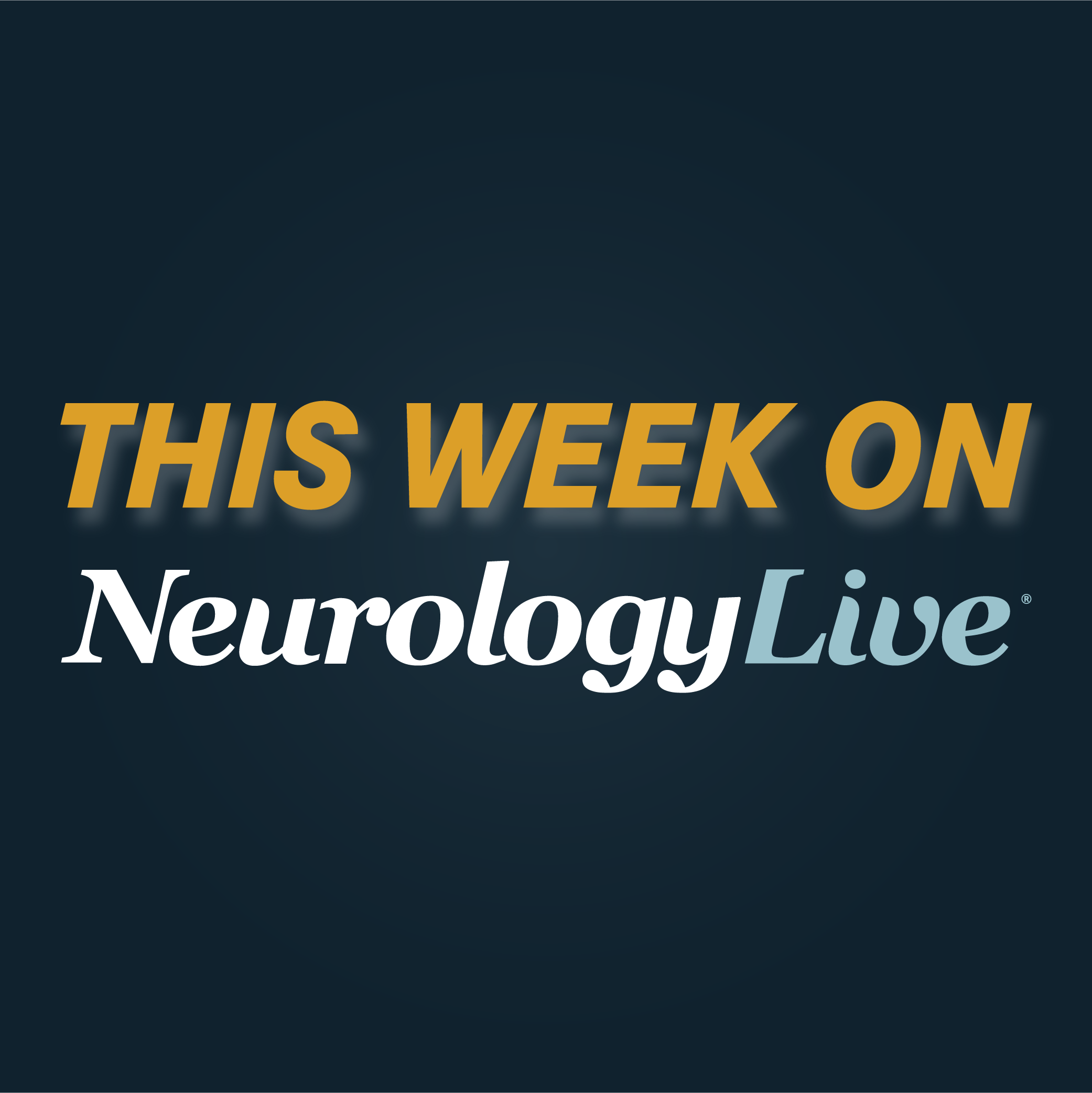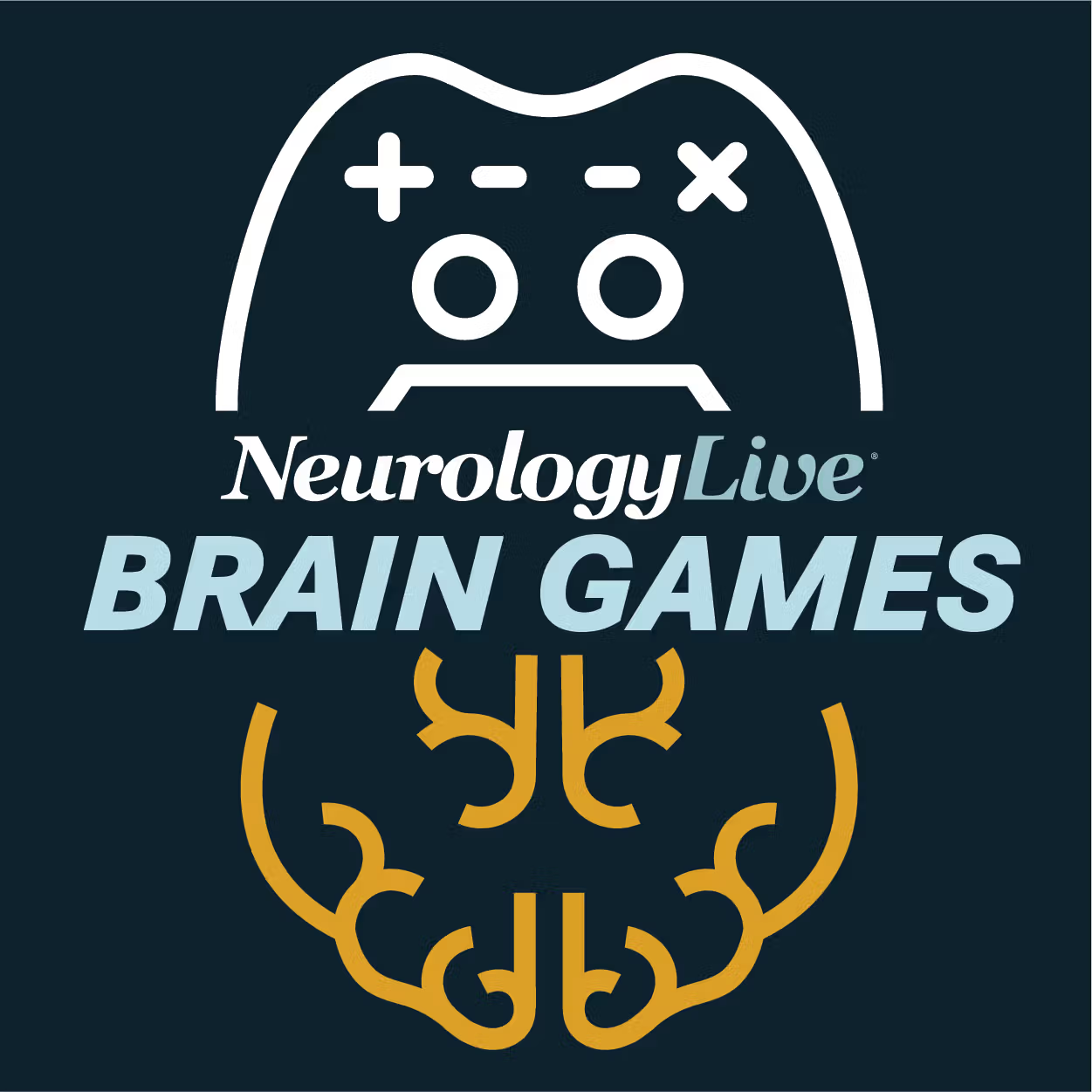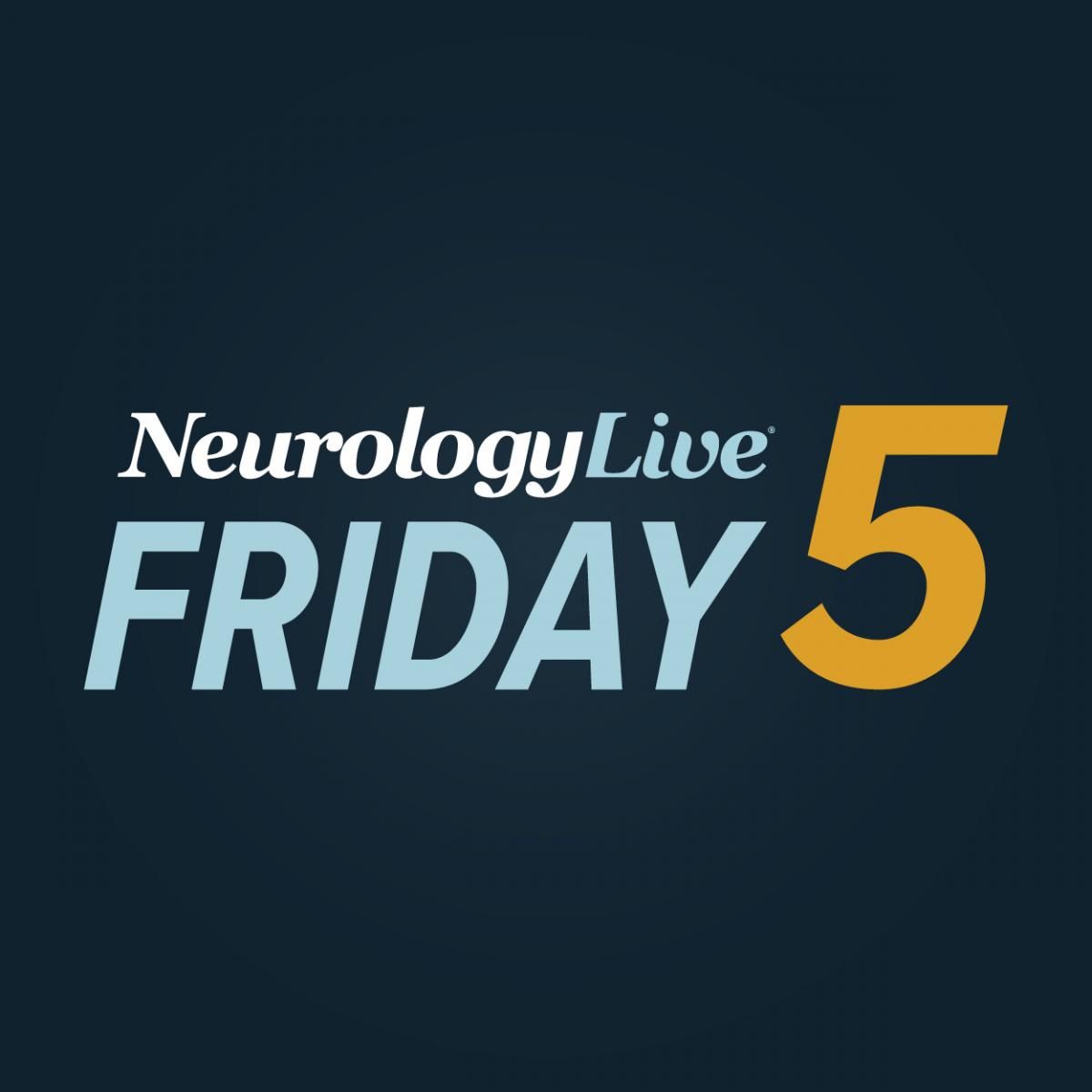Commentary
Article
Advancing NMOSD Care for Patients: Treatment Access, Education, and Holistic Well-Being
Author(s):
Sumaira Ahmed, founder and executive director of The Sumaira Foundation, discussed how FDA-approved therapies transformed the NMOSD treatment landscape and highlighted ongoing challenges in patient care.
Sumaira Ahmed
(Credit: LinkedIn)

Recent advancements in neuromyelitis optica spectrum disorder (NMOSD) treatment have been shown in studies to significantly improve care for patients living with the rare autoimmune disease. FDA-approved therapies such as eculizumab (Soliris; Alexion), inebilizumab (Uplizna; Amgen), satralizumab (Enspryng; Genentech), and ravulizumab (Ultomiris; Alexion) offer targeted disease-modifying options that have been demonstrated in research to reduce relapse rates and improve long-term outcomes for patients with NMOSD who are aquaporin-4 (AQP4)-IgG-positive.1 Thus, many in the field have felt that these therapies have transformed NMOSD from a condition with limited treatment options to one with effective, evidence-based interventions for patients.
Despite these therapeutic advancements, patients with NMOSD may still face significant challenges for their care. For example, research has shown that insurance coverage and treatment costs remain primary barriers to accessing these therapies. A prior survey of academic neuroimmunologists revealed that nearly half experienced difficulties initiating treatment with novel NMOSD therapies because of these financial constraints.2 Additionally, disparities in clinical trial representation and higher mortality rates among minority populations underscored the need for greater inclusivity and equity in NMOSD care. These persistent challenges highlight the potential importance of continued advocacy for improved access to treatment and the possible need for ongoing efforts to address health disparities in NMOSD care.
To learn more from the patient perspective, Sumaria Ahmed highlighted key areas that still require attention to ensure comprehensive care for patients with NMOSD in a recent interview with NeurologyLive® at the 2025 Americas Committee for Treatment and Research in Multiple Sclerosis (ACTRIMS) Forum, held February 27 to March 1, in West Palm Beach, Florida. In the conversation, Ahmed, founder and executive director of The Sumaira Foundation, discussed how, despite the progress in disease-modifying therapies, challenges continue to hinder patient care. She called for increased inclusivity in clinical trials to better represent diverse populations and also stressed the critical role of nonpharmacologic interventions in enhancing patient well-being and long-term outcomes. Overall, her reflections underscored the need for ongoing efforts to address both the clinical and social challenges faced by patients with NMOSD.
NeurologyLive: How have recent advancements in NMOSD treatment changed patients’ experience in terms of quality of life and outcomes?
Sumaria Ahmed: The recent advancements in NMOSD treatments have entirely changed not only the landscape of the disease itself, but also patient care. The outcomes associated with our health in so many different ways have improved. I’ll just use a personal anecdote. In 2014, when I was diagnosed with NMO, there were no available therapies. So, getting diagnosed with NMO even just 10 years ago was a drastically different experience. It was almost like a death sentence in some ways. We were resorting to off-label therapy—some that were not very efficacious—and the prognosis was not great. I think that contributed to a lot of mental health challenges that come with being sick. Of course, if a drug isn’t working well, the health outcomes are not going to be great. So, in essence, the patient is left depressed, not motivated, and just in despair, I would say.
But now we have 4 FDA-approved therapies, and they work really well. So, when patients get diagnosed now, they’re hopefully getting diagnosed quickly and correctly, and they also have treatment options that work for them and are proven to work. The other thing I want to say is that in a rare disease, having treatment options is a luxury that many rare disease patients don’t have. So naturally, you feel a sense of empowerment as a patient when you're like, “Okay, I can work with my doctor, talk to my family, and even discuss with myself what factors of getting a treatment are important to me,” because I have options to choose from—whether it's drug delivery method, or adverse effects, or infusion schedule.
Patients with NMOSD now have options, and this means, in essence, higher efficacy, better health outcomes, better mental health, more inspiration, more motivation to keep fighting the good fight. So, I don’t think NMOSD anymore is this deadly diagnosis, and that's largely because of all of the advancements we've had in these treatments—and I would say diagnostics as well.
That being said, it’s great that we have all these approved treatments, but we still have a lot of challenges in getting them accessible to patients. They're very, very expensive drugs, and there are constant hurdles and battles with insurance companies. So even if you're aquaporin-4 positive, even if your doctor prescribes these medications, sometimes it’s still very challenging to access them. We need to work on accessibility.
Additionally, unfortunately, I think there is still a school of thought out there that some of the older, off-label therapies are a better option for patients—very archaic medications that have been proven not to be as helpful. That’s unfortunate when there are approved therapies available for NMOSD. So, I want to make sure we're continuing these conversations—not just about treatment availability, which is a huge milestone—but also about ensuring clinicians are aware of these drugs, are prescribing them, or at least offering patients the option, and making sure the drugs are accessible.
What are the biggest challenges patients with NMOSD still face, despite these new treatment options, and how can clinicians potentially address them?
There are still, unfortunately, a variety of challenges that NMOSD patients face despite there being available treatments. I think the most alarming one to me is still the rate of misdiagnosis. It’s gotten better over the years, but I think it’s still happening. The length of time to a diagnosis is also a challenge. The longer it takes to diagnose someone, the more time the disease has to progress—and sometimes there’s irreversible damage done.
So how do we address that? I think we need continued medical education, starting early on—in medical school, when people are just getting their feet wet in medicine. Obviously, residency and fellowships and conferences like this help too. We just need to make sure that we're keeping NMOSD at the forefront of neurology education.
But I would also say we need to educate the first line of defense doctors: primary care, general practitioners, eye doctors like ophthalmologists and optometrists. A lot of patients initially present with vision loss. So naturally, if you're not familiar with this therapeutic area, you’re going to go to your eye doctor first and say, “Doctor, I lost my vision.” Those doctors need to be aware that NMOSD is a potential diagnosis in someone with vision loss. Same goes for rheumatology, emergency medicine—many people go to the emergency room for the first time with all these different symptoms, and then get sent home, discharged with an anxiety diagnosis or something else. So, I think we really need to continue prioritizing education.
As we already established, while there are these great therapies out there, there are still so many people—patients and doctors alike—who are not aware of them. So, we need to continue raising awareness that there are 4 FDA-approved therapies designed for NMOSD patients who are aquaporin-4 positive, so that hopefully they can get on those drugs and be relapse-free forever.
Another challenge I’d mention is for minorities affected by this disease. I obviously have a soft spot for those who are underrepresented. Statistically, the Black community, the Hispanic community, and the Asian communities are more affected by NMOSD. And if you look at some of the data, number 1, there is such a lack of diversity in clinical trials. That’s a huge problem—we could talk about it for hours. We need to be more inclusive in clinical trials so that the data represents the population these diseases are affecting.
Also, mortality rates are higher in certain populations—not because there’s something genetically wrong with them, but because of social determinants of health. So, we need to continue doing more work as a community to make sure everyone is seen equally.
It’s a bit of a hot topic, a sensitive one, but diversity, equity, and inclusion matters—especially in rare diseases. I hope our community and the scientific community continue to prioritize that, no matter what rhetoric is going on. So, I would say the biggest needs are education, awareness, accessibility to treatments, and equity.
What aspects of care beyond medication are most critical for improving their overall well-being?
In addition to the wonderful therapies now available to us—these disease-modifying treatments—we need to also prioritize brain health. I think not enough people actually know about brain health. Whether you're sick or not, brain health needs to be a priority. That involves sleep health, mental health, nutrition—all these things to keep our brains going and staying healthy.
But especially for patients who have NMOSD and MOGAD, brain health becomes even more important. I want to see more education and awareness around why it's so important to exercise, even a little—just walking a bit every day can keep your brain alive and well.
Sleep—we don’t talk about it enough. It’s one of those things we assume everyone knows is important, but no one is really talking about it. I went on a personal journey a couple of years ago when I was starting to feel overwhelmed by the world and the weight of everything—work, life. I said, “You know what? I think I need more sleep.” So, I cut out caffeine, I stopped drinking alcohol, and I started making sure I was sleeping at least 8 hours a night. The effects it’s had on my mood, on my skin, on my productivity—it’s been just miraculous.
So, I want patients in our community—and really just anybody—to prioritize sleep. Of course, we all know nutrition is a huge part of our overall health, but it's especially important for brain health. We need to eat better as a species, especially in the United States where there’s such a fast-food culture. DoorDash is easy, GrubHub is easy—and I get it, sometimes we want to eat right now, and for cheap—but we need to be more mindful about what we’re eating, how we’re eating, and when we’re eating. In addition to medications, it’s really important to look at our holistic health and just take care of oneself.
Transcript edited for clarity.Click here for coverage of 2025 ACTRIMS Forum.




